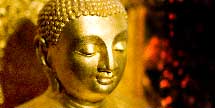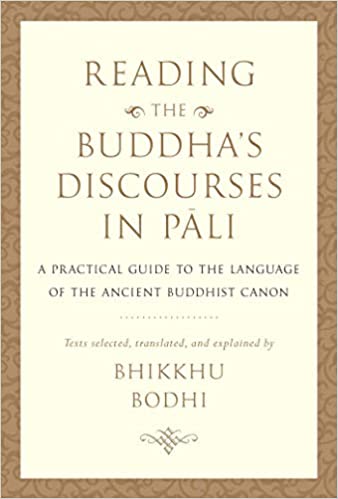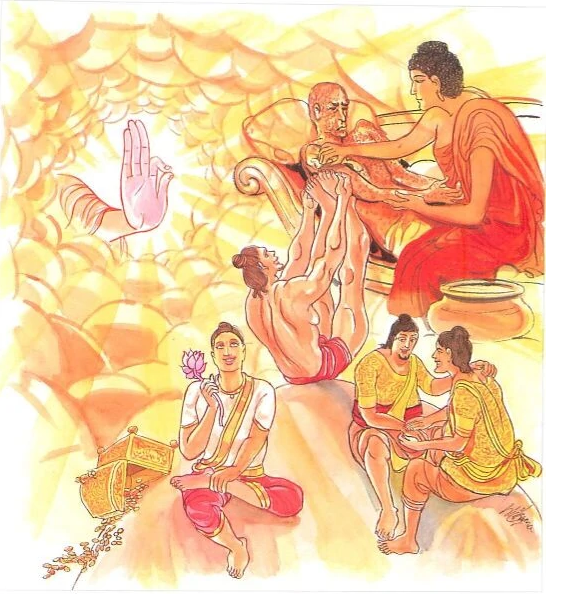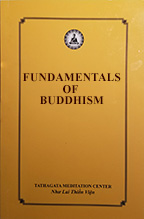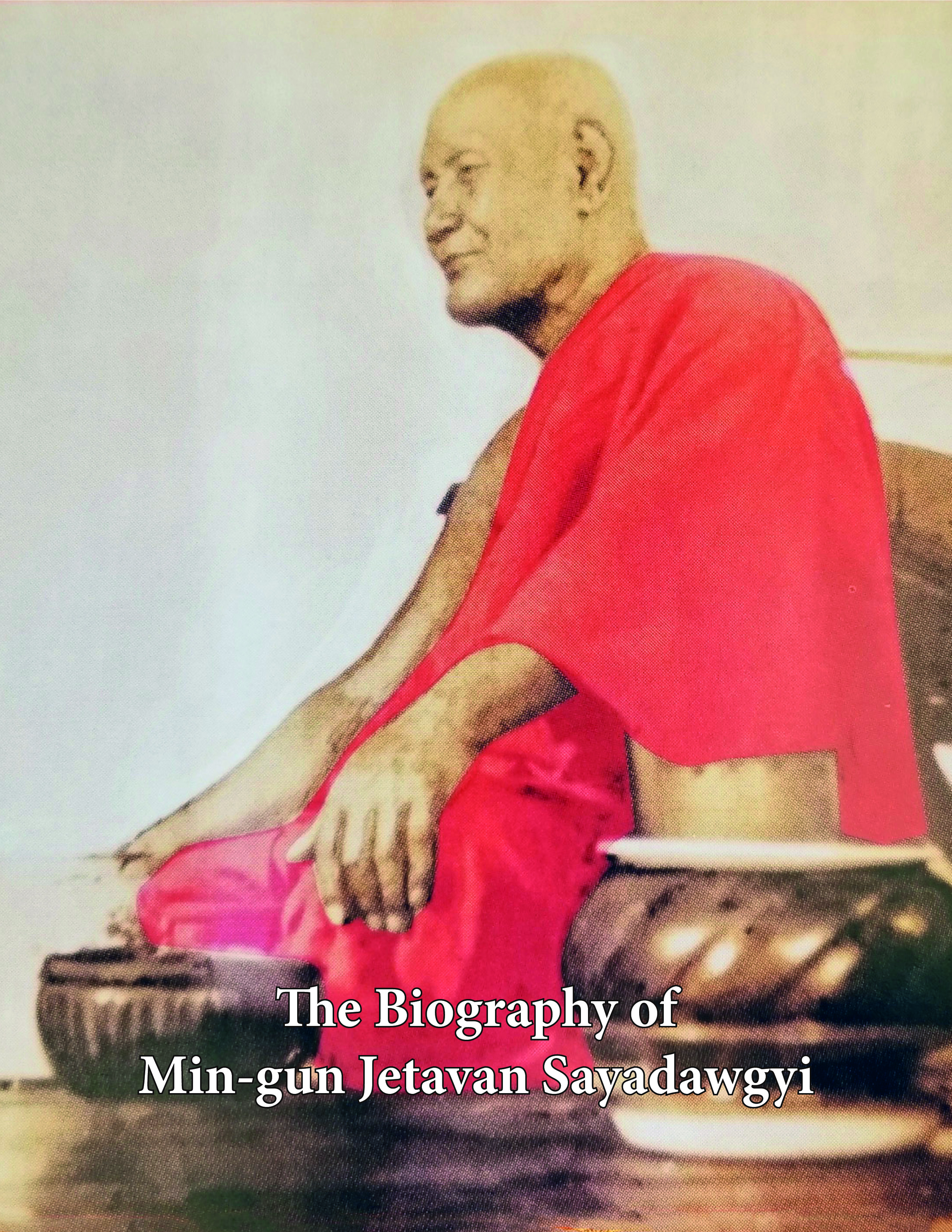The Sixth Buddhist Council

The Sixth Buddhist Council
The Chaṭṭha Sangāyanā Souvenir Album (PDF download)
Namo tassa Bhagavato Arahato Sammā Sambuddhassa
The dhamma taught to all beings by the Omnicient Buddha was arranged, classified and recited at the First Great Council held at Rājagaha four months after his Mahā-parinibbāna, at the Second Great Council held at Vesāli in 100 B.E., at the Third Great Council at Pāṭaliputta in 235 B.E., at the Fourth Great Council at Ceylon circa 450 B.E. and at the Fifth Great Council at Mandalay in Burma in 2415 B.E.; and now again, as decided by the five Theravādin countries of Burma, Thailand, Ceylon, Cambodia and Laos, and to satisfy the following conditions:
